
Many People Still Think That These 2 Buttons Are Just For Flushing

Dual-flush toilets are equipped with two buttons or levers—one smaller and one larger. Each button activates a distinct flush mechanism that releases different amounts of water depending on the type of waste being flushed. The larger button typically uses between 6 to 9 liters of water, ideal for solid waste, while the smaller button uses only 3 to 4.5 liters, which is enough for liquid waste. The system operates simply, with two exit valves linked to separate flush buttons. By choosing the appropriate button, users can conserve water with every flush. Though this might seem like a small change, it can have a significant impact on water conservation and reduce household water bills.
The concept was introduced by American industrial designer Victor Papanek in his 1976 book Design for the Real World. It was first implemented in Australia in 1980, a country that has long prioritized water conservation due to frequent droughts. Households with dual-flush toilets can save up to 20,000 liters of water annually compared to traditional single-flush systems. This reduction is especially important in regions facing water shortages. Moreover, using less water means lower utility bills, offering homeowners a financial benefit as well. Although dual-flush toilets may have a slightly higher initial cost, the long-term savings make them a worthwhile investment. By reducing water usage, these toilets also help alleviate pressure on local water supplies and wastewater treatment facilities, making them an essential part of sustainable living.
Despite their widespread use, many people are unsure how to operate dual-flush toilets properly. A lack of clear instructions often leads to misuse, with many people defaulting to the larger button regardless of the type of waste. This negates the water-saving potential of the system. To maximize water conservation, it’s important to use the right button:
-
Smaller Button: Use for liquid waste. This button might be marked with a symbol, such as a half-circle or small raindrop, to indicate its purpose.
-
Larger Button: Use for solid waste. It is typically larger or may feature a distinct visual cue, such as a full circle or bigger drop.
Water is a limited resource, and conserving it is crucial for addressing climate change and resource depletion. Dual-flush toilets offer a simple yet effective way to contribute to water conservation efforts. By adopting this small habit, individuals can significantly reduce their environmental impact while also saving money. Dual-flush toilets are more than just a modern convenience—they are a step toward a more sustainable future. Understanding how to use them properly helps people conserve water, lower their utility costs, and minimize their environmental footprint. So, the next time you encounter those two buttons, remember they’re not just for flushing—they’re a simple yet powerful tool for protecting the planet’s most vital resource.
News in the same category


Nurse reveals the 4 final phrases she hears people say before they die
A veteran hospice nurse has shared the deeply moving — and sometimes surprising — last phrases she’s heard from patients in their final moments. Her insights reveal that real-life goodbyes are far from the dramatic Hollywood scenes we’ve come to e

Never store your cooked rice without knowing this
Leftover rice may seem harmless, but if stored the wrong way, it can quickly become a breeding ground for dangerous bacteria. Experts warn that this common mistake, known as “fried rice syndrome,” can cause serious foodborne illness within hours.

The Ultimate Guide to Cloves: Benefits, Uses, and How They Work
Cloves aren’t just a fragrant kitchen spice — they’re a centuries-old natural remedy packed with healing power. From boosting immunity to easing pain, these tiny buds hold surprising benefits you can easily tap into at home.
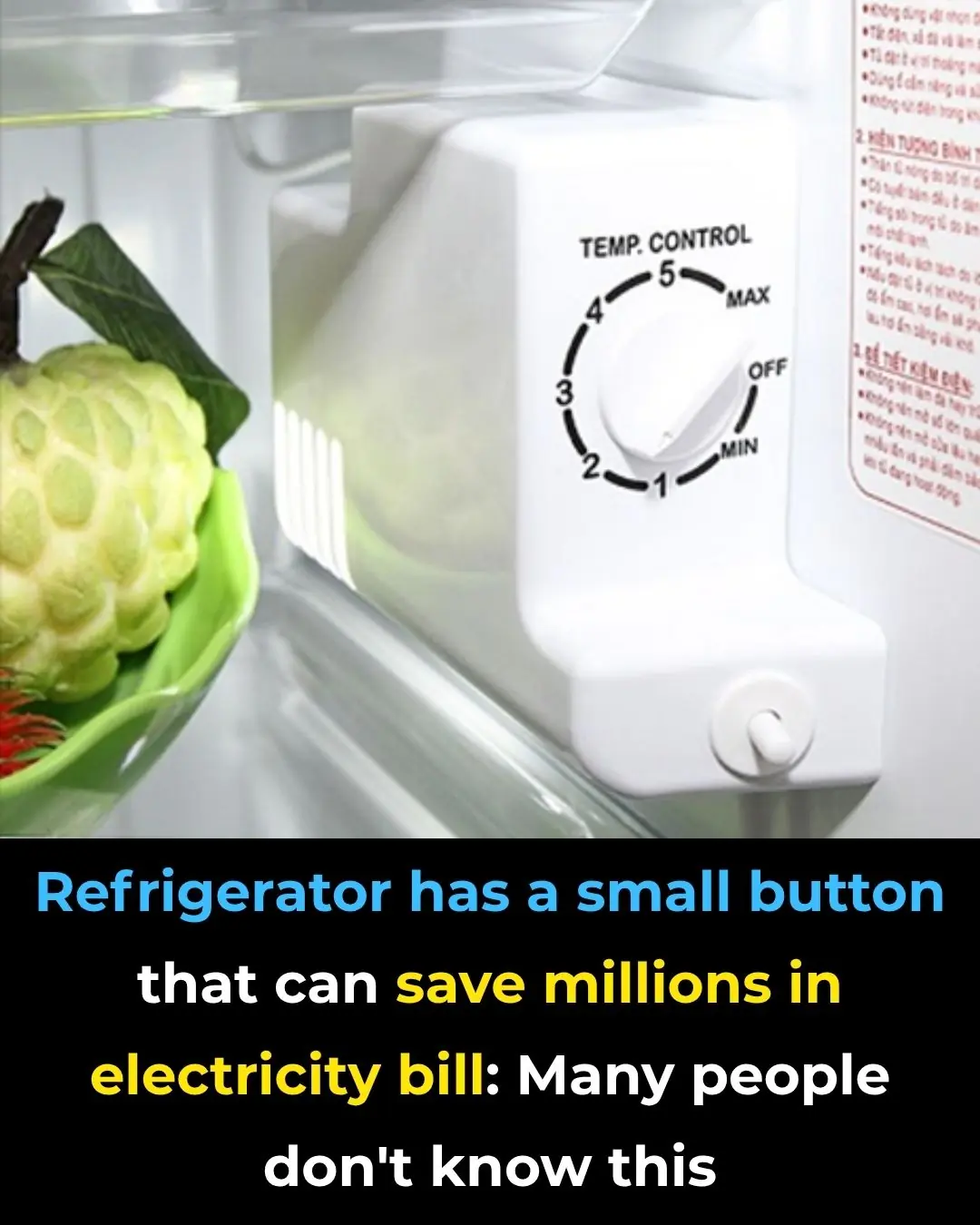
One Button, Big Savings: Cut Energy Costs with Every Wash

10 Types of Toxic Friends to Avoid

Index Finger Length: Personality and Fortune
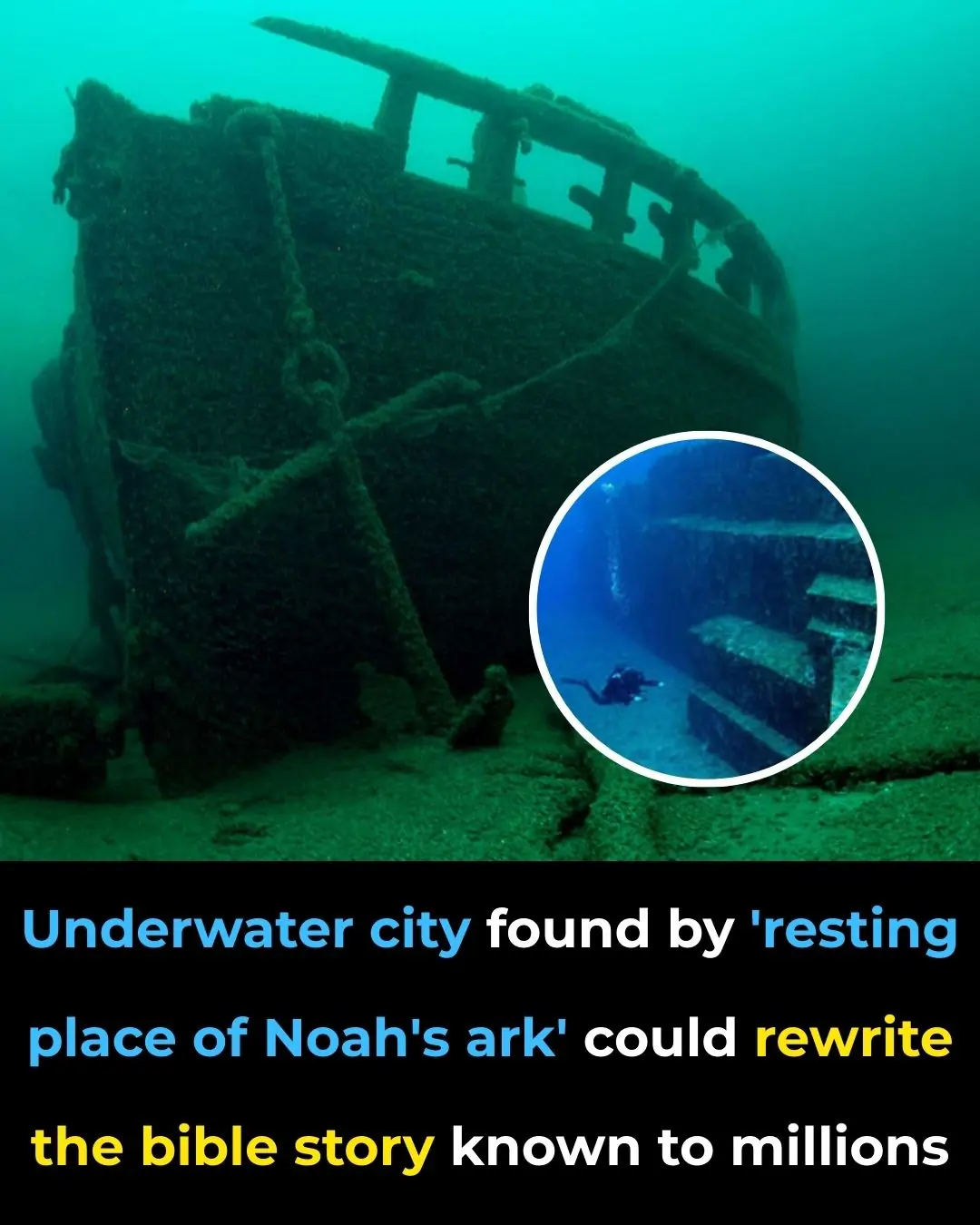
Underwater City Near 'Noah's Ark' Discovery Might Change The Bible Story We Thought We Knew

Reason Mark Zuckerberg Just Spent $15,000,000,000 to Hire This 28-Year-Old ‘College Drop Out’ for Meta
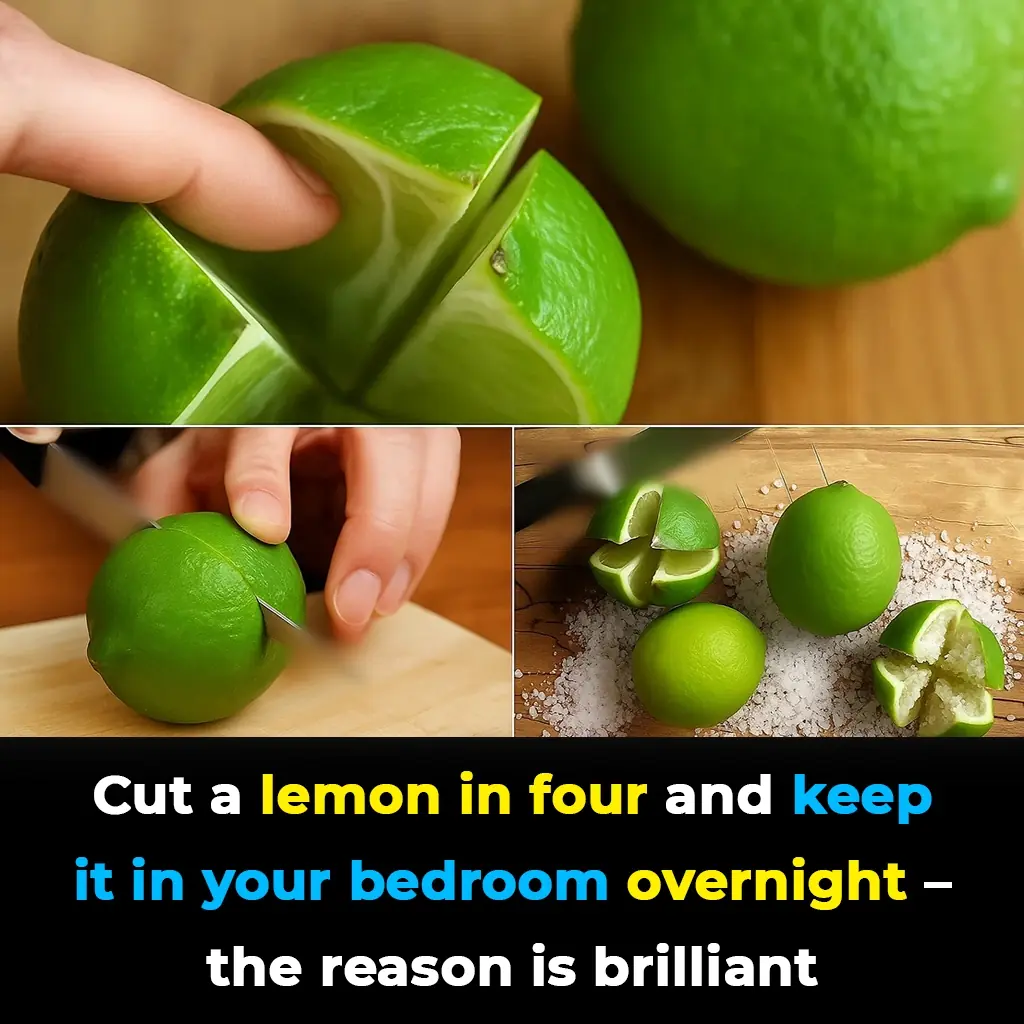
Cut a lemon in four and keep it in your bedroom overnight – the reason is brilliant
This lemon trick is a small change that makes a big difference.

Italy just upgraded dogs to cabin class. No more cargo holds for dogs!

11 Heartbreaking Signs Your Dog Is Nearing the End—And How To Give Them The Love They Deserve

15 Things That Might Hint at Her Romantic Past

Depressing find at the bottom of the Mariana Trench is a warning to the world
The Mariana Trench, Earth’s deepest ocean abyss, was once thought to be untouched by human hands. But the discovery of a single plastic bag in its darkest depths has become a chilling symbol of how far our pollution has reached.

Unveiling Personality Secrets: What’s the First Color You See?

If you see square waves forming in the ocean, get out of the water immediately
The mesmerizing chessboard-like patterns on the ocean’s surface may seem harmless, but they’re hiding a dangerous secret. Scientists warn that these rare formations, known as square waves, can turn the sea into a deadly hazard in seconds.
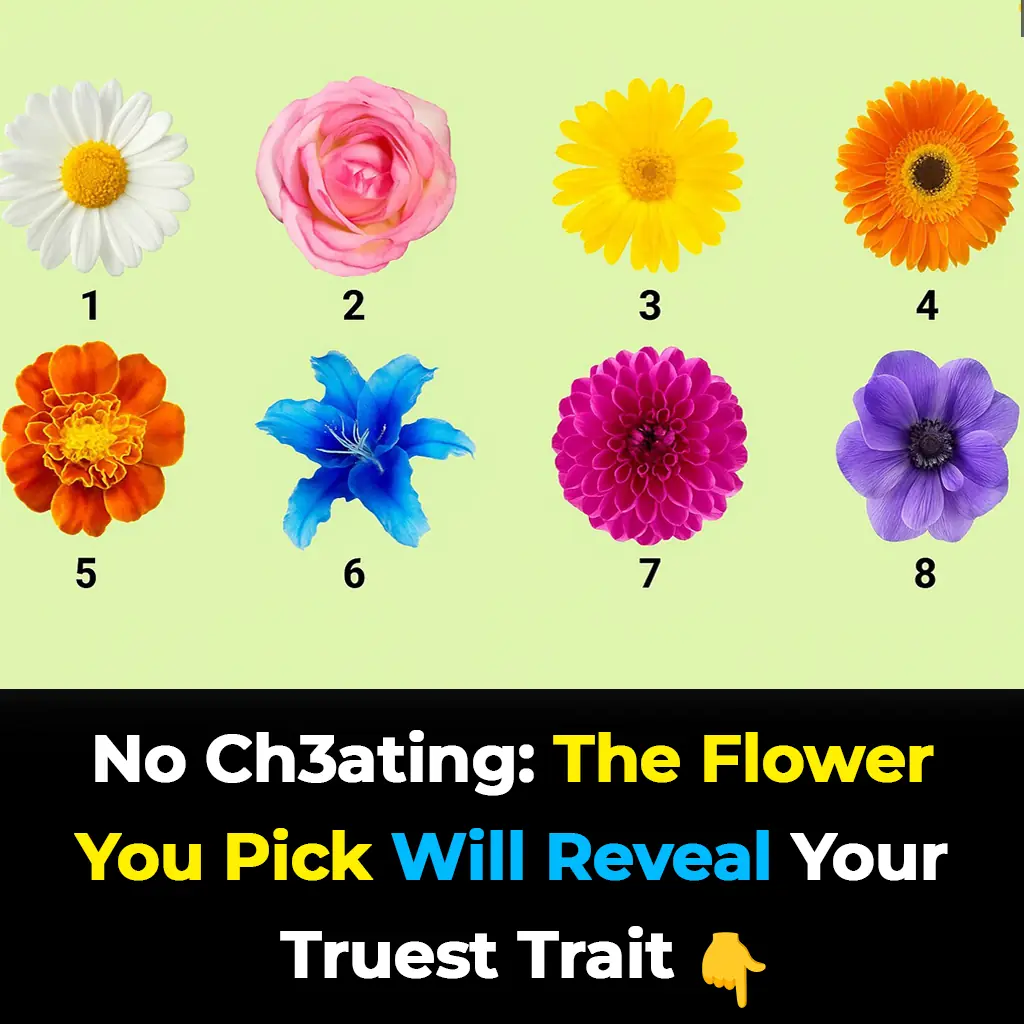
The flowers you love the most uncover hidden aspects of your personality
Flowers don’t just brighten our surroundings — they can also serve as a fascinating mirror to our inner world. From the joyful daisy to the mysterious violet, your favorite bloom could reveal your emotional depth, values, and the way you connect with

Experts warn: Don’t swap your oven for an air fryer
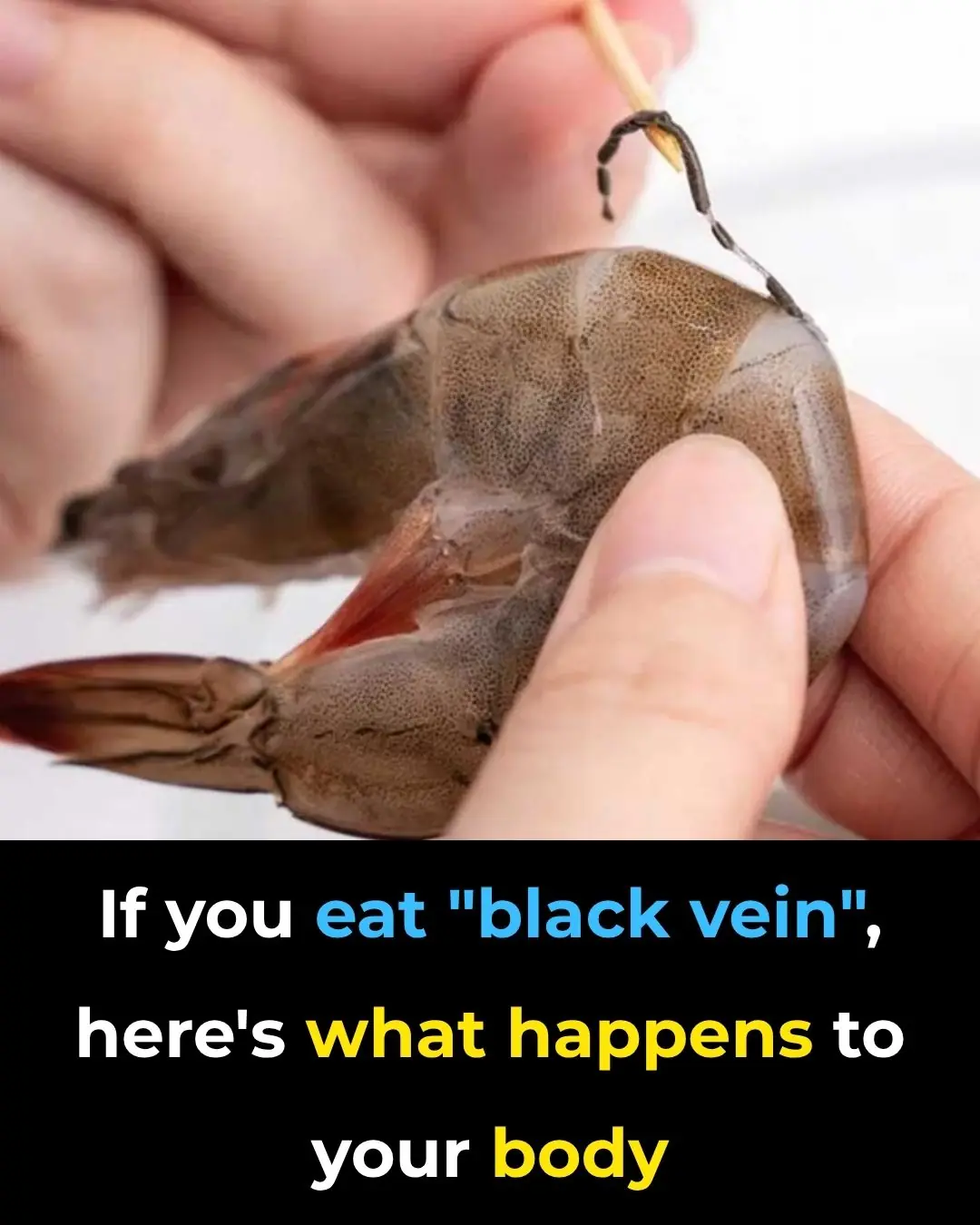
The Truth About Eating the Black Vein in Shrimp Tails
News Post
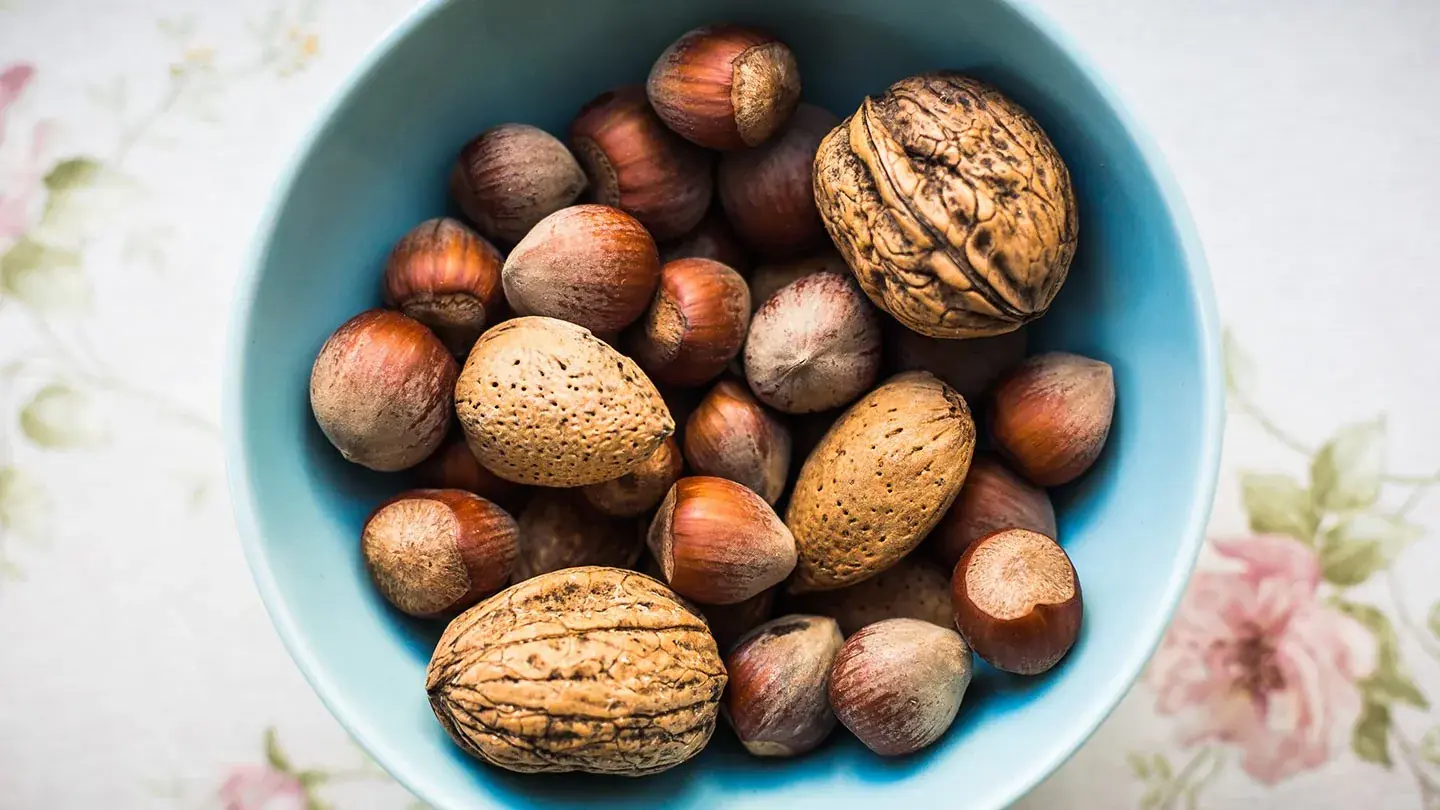
8 Potential Health Benefits of Nuts
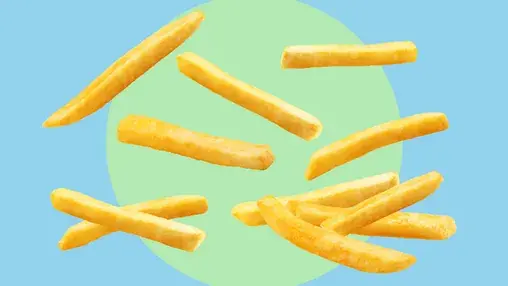
Study Links Fries, but Not Other Forms of Potato, With Diabetes

How to Lower High Blood Pressure Quickly Without Medications (Evidence Based)
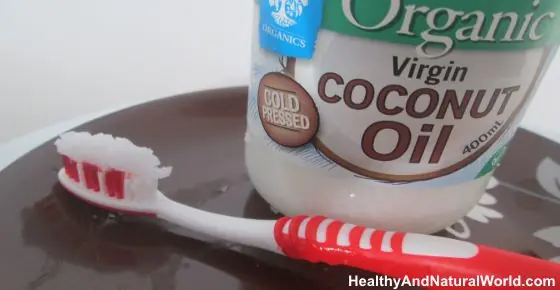
Why You Should Start Using Coconut Oil as a Toothpaste

20 Early Cancer Signs You Should Never Ignore

7 Signs That Your Partner Isn’t In Love And Is Just Settling For You
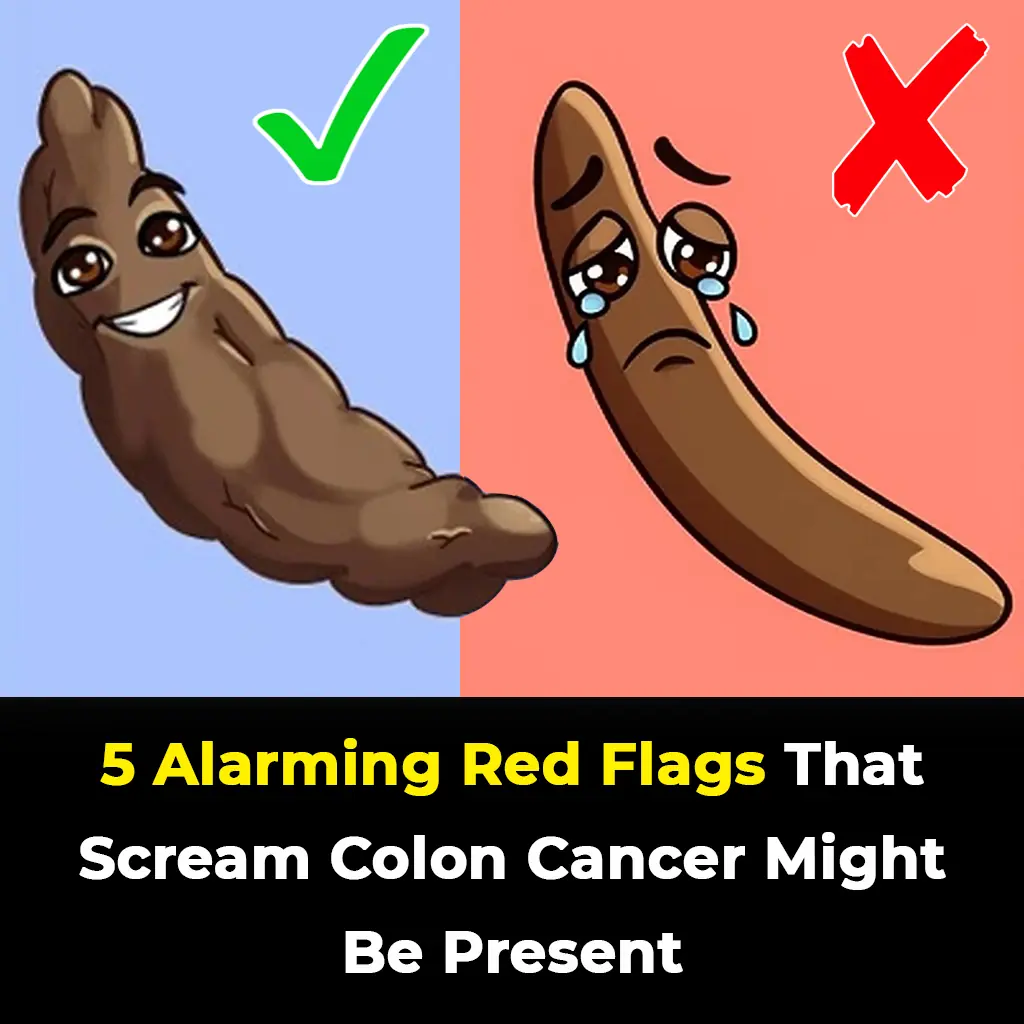
5 Warning Signs That Could Indicate Colon Cancer

Nurse reveals the 4 final phrases she hears people say before they die
A veteran hospice nurse has shared the deeply moving — and sometimes surprising — last phrases she’s heard from patients in their final moments. Her insights reveal that real-life goodbyes are far from the dramatic Hollywood scenes we’ve come to e

Shocking simulation shows exactly what happens to your body if you stop eating sugar for 2 weeks
Giving up sugar for two weeks may sound like a simple diet tweak, but a new simulation shows the change can trigger a chain reaction inside your body — from energy surges to mental clarity. The journey isn’t without its challenges, but the long-term r

11 Sh0cking Causes of Red Dots on Your Skin and How to Treat Them
While some red dots on your skin may resolve on their own or with simple remedies, others can and should require medical attention.

Never store your cooked rice without knowing this
Leftover rice may seem harmless, but if stored the wrong way, it can quickly become a breeding ground for dangerous bacteria. Experts warn that this common mistake, known as “fried rice syndrome,” can cause serious foodborne illness within hours.

Healing Power of Castor Leaves: Natural Benefits and Must-Know Safety Tips

Here’s Why You Shouldn’t Sleep With A Fan At Night
Sleeping with a fan might seem harmless — even comforting — but its hidden effects can chip away at your comfort and long-term sleep quality.

36-Year-Old Teacher D!es From Diabetes Caused by Common Foods, Experts Say
Diabetes is a serious health condition with long-term consequences if left unmanaged.

Finger Test For Lung Cancer Could Determine Cancer Risk
While finger clubbing itself is a symptom rather than a disease, adopting healthy lifestyle habits can help reduce the risk of underlying conditions that cause it.

The Ultimate Guide to Cloves: Benefits, Uses, and How They Work
Cloves aren’t just a fragrant kitchen spice — they’re a centuries-old natural remedy packed with healing power. From boosting immunity to easing pain, these tiny buds hold surprising benefits you can easily tap into at home.

What Are Eye Floaters? Here What To Do If you Start Seeing Them, According to an Eye Doctor

11 Reasons Why You Have Red Dots On Your Skin
